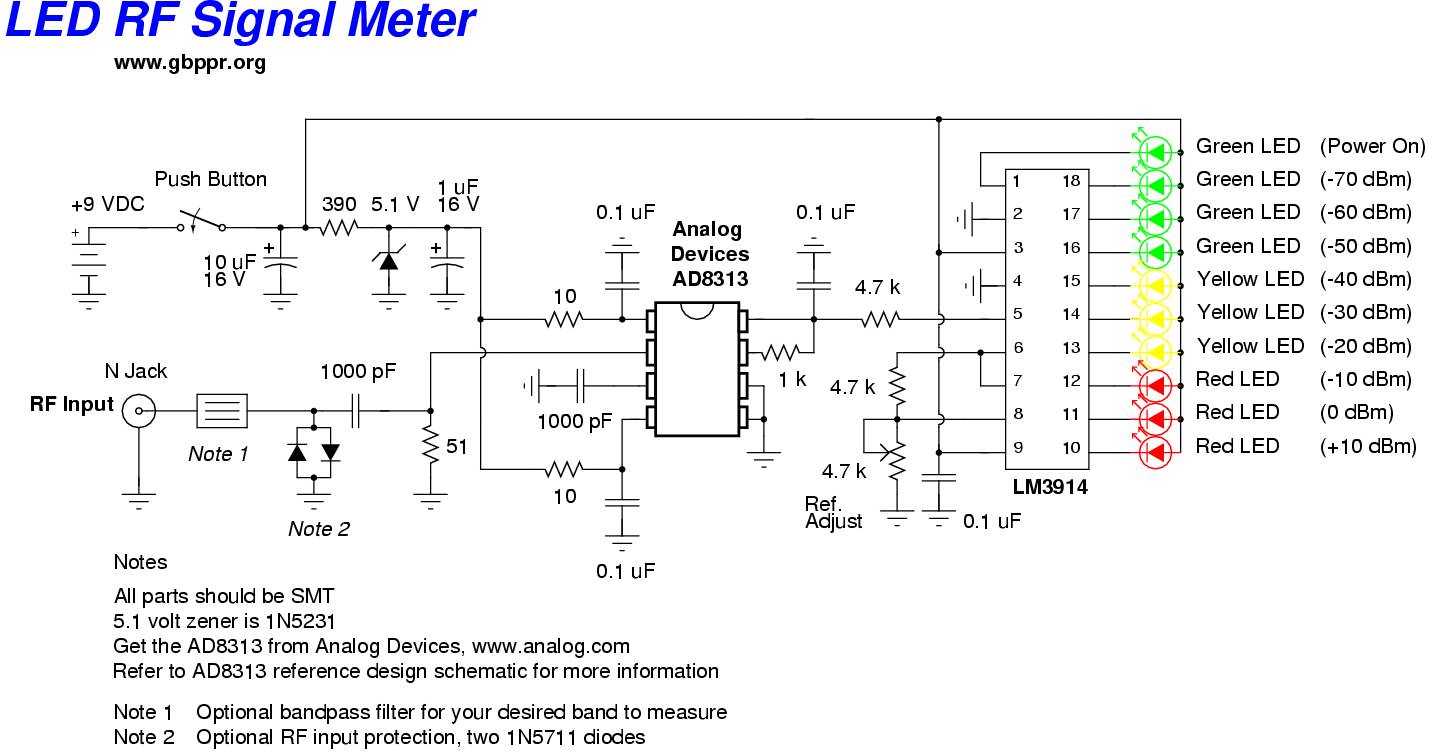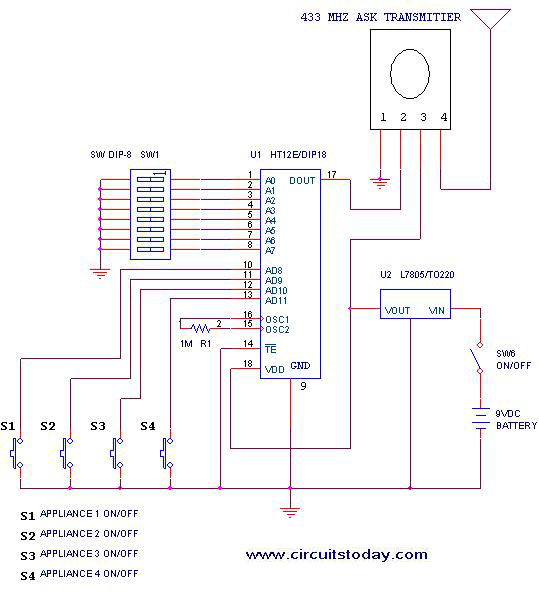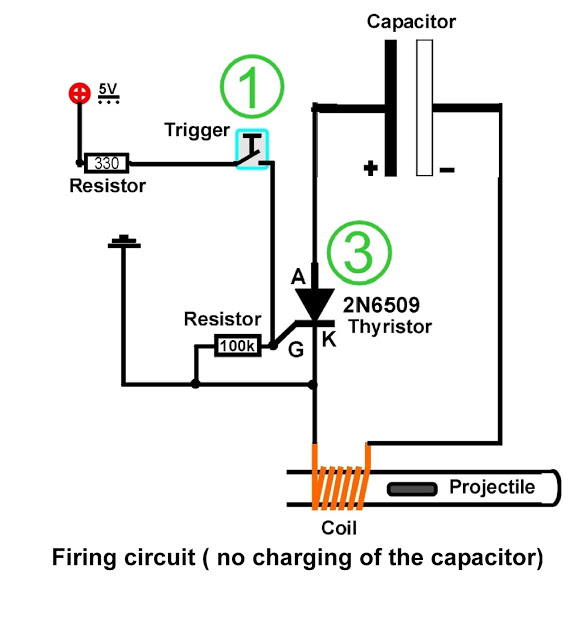
microcontroller Generate a reset signal from a falling edge trigger

The microcontroller design features the microcontroller (MCU) in hibernation mode, which can only be awakened by a pulse (high-low-high) signal on the reset pin (active low). An accelerometer or an external real-time clock (RTC) serves as the wake-up source. The intention is for the accelerometer to trigger an interrupt that drives an interrupt pin low, and the same applies to the RTC, which will also pull an interrupt pin to a logic low signal. However, these signals will not wake the MCU from hibernation mode. The design aims to utilize sleep mode to conserve power. A mechanism is needed to create a toggle signal from the interrupt pin signal of the wake-up sources, with the toggle occurring only once since it is connected to the reset pin of the MCU. The requirement includes identifying latches or logic circuits/components that can generate this type of signal. Additionally, the interrupt signals from both the accelerometer and RTC remain low until reset by the MCU, typically achieved by reading a register in the peripheral unit, which necessitates that the MCU be awake.
In this microcontroller design, the MCU is optimized for low power consumption by employing hibernation mode, significantly extending battery life in portable applications. The wake-up mechanism is crucial, relying on a specific pulse sequence on the reset pin to transition the MCU from hibernation to operational mode.
The accelerometer and RTC serve as interrupt sources. When motion is detected by the accelerometer or a time event occurs in the RTC, they pull their respective interrupt pins low. However, these interrupts alone do not trigger the MCU wake-up. Instead, a logic circuit is required to convert these low signals into a single high-low-high pulse for the reset pin.
To achieve this, a monostable multivibrator (one-shot timer) can be employed. When the interrupt pin goes low, the multivibrator can be configured to generate a single pulse of a predetermined duration on its output. This output pulse can then be connected to the reset pin of the MCU. The pulse width must be carefully chosen to ensure that it meets the timing requirements of the MCU's reset specifications.
Additionally, a D flip-flop can be used in conjunction with the interrupt signal to create the necessary toggle effect. The flip-flop can be clocked by the interrupt signal, and its output can be configured to produce a high-low-high signal when the interrupt is asserted. This setup ensures that the reset pin receives the toggle pulse only once, preventing any unintended multiple resets.
The design also needs to incorporate a mechanism for the MCU to clear the interrupt status from the accelerometer and RTC. This is typically done by reading specific registers in these peripherals; thus, the MCU must transition to its operational mode to perform this action. The system architecture should ensure that upon waking, the MCU is programmed to handle the interrupts effectively, resetting the state of the peripherals and returning to hibernation mode after processing the necessary tasks.
Overall, this design efficiently combines low-power operation with responsive wake-up capabilities, leveraging interrupt-driven mechanisms and logic circuits to facilitate a seamless transition between sleep and active states.Microcontroller design where the mcu is placed in hibernation mode, and can only be awoken by a pulse(high-low-high) signal on the reset pin. (active low) As a wake-up source i`m using an accelerometer or an external RTC. The idea is to have the accelerometer trigger an interrupt, that drives an interrupt pin low. The same goes fo r the RTC. It will pull an interrupt pin to logic low signal. However, this won`t wake the mcu from hibernation mode. I need to use this sleep-mode to save as much power as possible. I`m wondering how I can create a toggle signal from the interrupt-pin signal form the wakeup sources. The toggle must only happen once, since its the reset-pin of the mcu. Is there any kind of latches of logic circuits/components that create this kind of signal Edit2: The interrupt signals from both accelerometer and RTC stays low until reset by mcu.
Usually this is done by reading a register in the peripheral unit. And for this to happen the mcu must be awake. 🔗 External reference
In this microcontroller design, the MCU is optimized for low power consumption by employing hibernation mode, significantly extending battery life in portable applications. The wake-up mechanism is crucial, relying on a specific pulse sequence on the reset pin to transition the MCU from hibernation to operational mode.
The accelerometer and RTC serve as interrupt sources. When motion is detected by the accelerometer or a time event occurs in the RTC, they pull their respective interrupt pins low. However, these interrupts alone do not trigger the MCU wake-up. Instead, a logic circuit is required to convert these low signals into a single high-low-high pulse for the reset pin.
To achieve this, a monostable multivibrator (one-shot timer) can be employed. When the interrupt pin goes low, the multivibrator can be configured to generate a single pulse of a predetermined duration on its output. This output pulse can then be connected to the reset pin of the MCU. The pulse width must be carefully chosen to ensure that it meets the timing requirements of the MCU's reset specifications.
Additionally, a D flip-flop can be used in conjunction with the interrupt signal to create the necessary toggle effect. The flip-flop can be clocked by the interrupt signal, and its output can be configured to produce a high-low-high signal when the interrupt is asserted. This setup ensures that the reset pin receives the toggle pulse only once, preventing any unintended multiple resets.
The design also needs to incorporate a mechanism for the MCU to clear the interrupt status from the accelerometer and RTC. This is typically done by reading specific registers in these peripherals; thus, the MCU must transition to its operational mode to perform this action. The system architecture should ensure that upon waking, the MCU is programmed to handle the interrupts effectively, resetting the state of the peripherals and returning to hibernation mode after processing the necessary tasks.
Overall, this design efficiently combines low-power operation with responsive wake-up capabilities, leveraging interrupt-driven mechanisms and logic circuits to facilitate a seamless transition between sleep and active states.Microcontroller design where the mcu is placed in hibernation mode, and can only be awoken by a pulse(high-low-high) signal on the reset pin. (active low) As a wake-up source i`m using an accelerometer or an external RTC. The idea is to have the accelerometer trigger an interrupt, that drives an interrupt pin low. The same goes fo r the RTC. It will pull an interrupt pin to logic low signal. However, this won`t wake the mcu from hibernation mode. I need to use this sleep-mode to save as much power as possible. I`m wondering how I can create a toggle signal from the interrupt-pin signal form the wakeup sources. The toggle must only happen once, since its the reset-pin of the mcu. Is there any kind of latches of logic circuits/components that create this kind of signal Edit2: The interrupt signals from both accelerometer and RTC stays low until reset by mcu.
Usually this is done by reading a register in the peripheral unit. And for this to happen the mcu must be awake. 🔗 External reference





